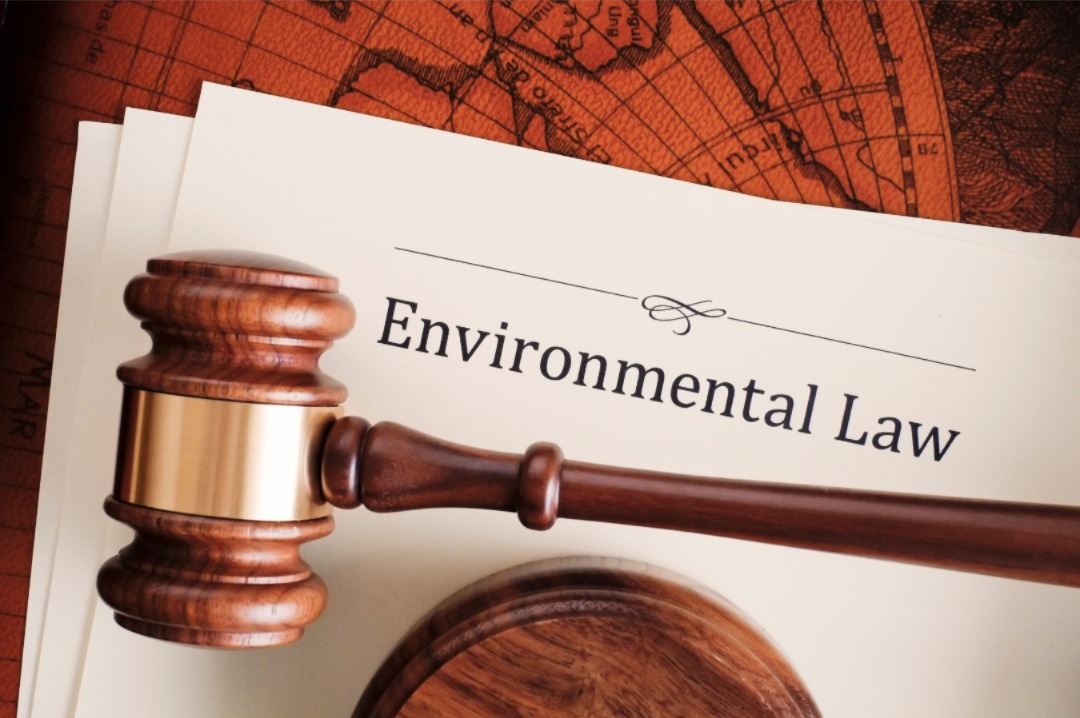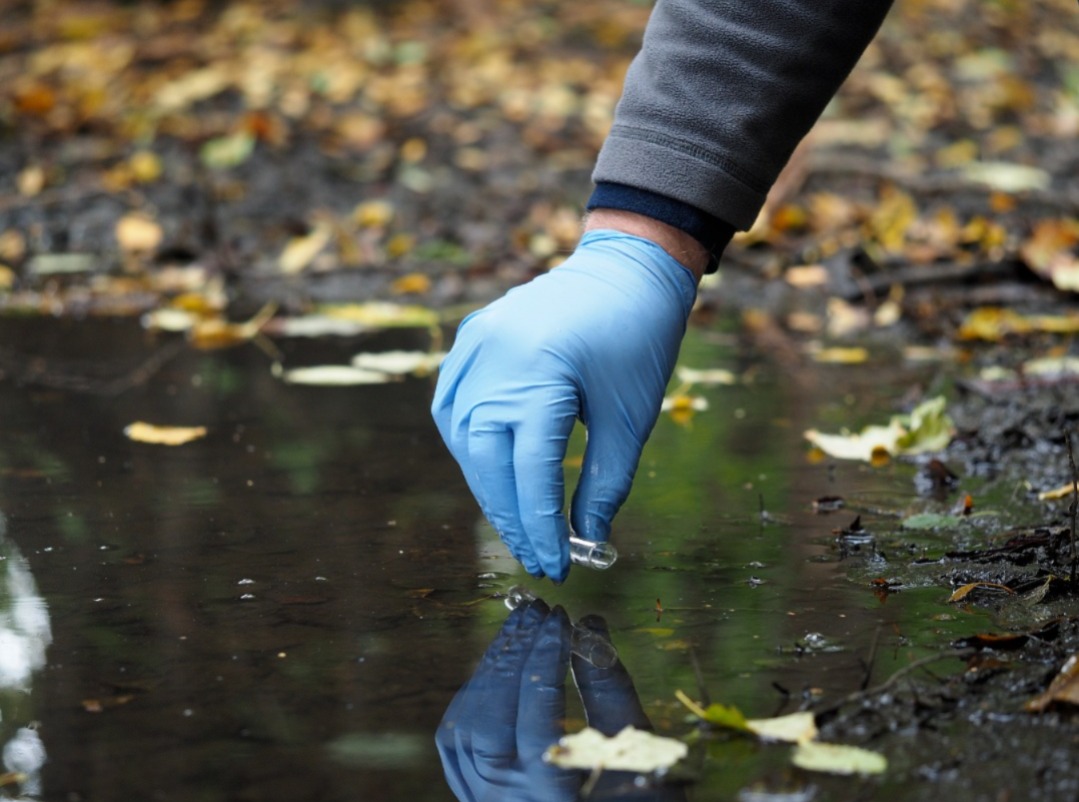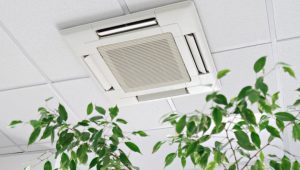Breathing clean air keeps your body strong and your mind fresh. Still, many people don’t…

Environmental issues are a growing concern in Malaysia. With rapid development and industrial activity, keeping an eye on the environment has become more important than ever. Accredited environmental monitoring and assessment services play a key role in helping the country protect its air, water, and land.
These services provide reliable data that can help businesses, the government, and communities make better choices. In this blog, we’ll explain what these services are, why they matter, and how they work in the Malaysian context.
What is Environmental Monitoring and Assessment?
Understanding the Basics
Environmental monitoring and assessment involve checking the condition of the environment through regular testing. This can include air, water, soil, and noise levels. The aim is to track changes and see if human activity is causing harm.
Monitoring is not a one-time job. It needs to happen regularly to spot problems early. Assessment is the next step—using the data to understand what’s going on and what action is needed.
Where it is Used
It’s used in many fields such as:
- Construction and development
- Manufacturing
- Agriculture
- Waste management
- Public health
This work is often done by trained experts in accredited labs.
Why Environmental Monitoring Matters
Health and Safety
Poor air or water quality can lead to serious health issues. When factories release harmful gases or when water sources are polluted, people suffer. Environmental monitoring services help detect these problems so action can be taken quickly.
Legal Requirements
Malaysia has laws to protect the environment, such as the Environmental Quality Act 1974. Companies must follow these laws. Regular environmental monitoring and assessment help make sure they stay within safe limits.
Protecting Nature
Malaysia is home to rich forests, rivers, and marine life. Monitoring helps protect these natural resources from long-term damage caused by industry or development.
Public Trust
When data is collected and shared in a clear and honest way, it builds trust. People are more likely to support projects if they know the environmental risks have been checked and managed.
Types of Environmental Assessment
Environmental Impact Assessment (EIA)
This is done before starting a big project. It looks at how the project might affect the environment. If risks are found, steps must be taken to reduce harm.
Strategic Environmental Assessment (SEA)
This type of environmental assessment Malaysia uses is broader. It looks at plans or policies instead of single projects. SEA helps ensure that development fits with long-term environmental goals.
Social Impact Assessment (SIA)
While not always required, SIA looks at how a project might affect local people. It covers things like housing, jobs, and cultural sites.
Environmental Risk Assessment (ERA)
This checks the risks linked to hazardous materials or waste. It is often used in oil, gas, or chemical industries.
Each of these assessments helps guide better decisions and reduce negative effects.
How Monitoring is Done
Collecting Samples
Experts collect samples from the environment. This could be air from busy roads, water from rivers, or soil from farms. The way samples are collected follows strict rules to keep the results accurate.
Laboratory Testing
The samples go to a lab. Accredited labs use tested methods to measure pollutants, pH levels, bacteria, and more. These results help show if there’s a problem.
Real-time Systems
Some sites use tools that collect and send data all day, every day. These are placed in cities, factories, or near rivers. They help spot problems early.
Making Sense of the Data
Once the results are ready, experts study them to find patterns. This might show rising pollution levels or areas that need cleanup. This is where assessment comes in—turning numbers into action.
Choosing an Accredited Lab
What Accreditation Means
An accredited lab meets high standards. In Malaysia, this means it is recognised by the Department of Standards Malaysia. They check if the lab uses correct methods and gets reliable results.
Accreditation gives confidence. It means the lab’s work is trusted by regulators and other organisations.
Things to Check
When choosing a lab for environmental monitoring and assessment, look at:
- Accreditation (like ISO/IEC 17025)
- Services offered (air, water, soil, noise)
- Tools and technology used
- Speed of service
- Experience in your sector
Choosing the right lab helps you stay compliant and understand your environmental impact better.
New Trends in Environmental Monitoring
Smart Sensors and IoT
New sensors can collect data and send it straight to the cloud. This means updates in real time, without needing someone on site. These are often used in cities or industrial zones.
Drones and Remote Sensing
Drones help check large or hard-to-reach areas. They take photos or videos from above. Remote sensing uses satellites or cameras to gather data on land use, forest cover, or coastline changes.
Using Data to Predict
With enough data, it’s possible to spot trends. For example, if pollution rises each year in a certain area, you can act early. This helps avoid bigger problems later.
Local Involvement
Some projects train local people to collect data. This builds trust and gives better coverage, especially in rural areas.
Support for Green Reporting
Companies now report their impact as part of ESG (Environmental, Social, and Governance) goals. Good environmental monitoring services support these reports with solid data.
Final Thoughts
Environmental health affects everyone. Clean air, safe water, and healthy land are essential for life. That’s why environmental monitoring and assessment is so important.
In Malaysia, these services help businesses follow the law, protect nature, and build public trust. They also help the government plan better and act faster when problems arise.
Accredited labs make sure the work is done right. From testing samples to analysing trends, they play a key role in shaping a safer and greener future.
With new tools and more awareness, the future of environmental monitoring services in Malaysia looks strong. And with the right efforts today, tomorrow’s environment can be healthier for all.
For dependable and accredited testing, A&A Laboratory delivers trusted solutions across a wide range of environmental needs. With advanced technology and a strong focus on quality, the team ensures accurate results that meet national standards. A&A Laboratory supports businesses in maintaining compliance while promoting a cleaner, sustainable Malaysia.





